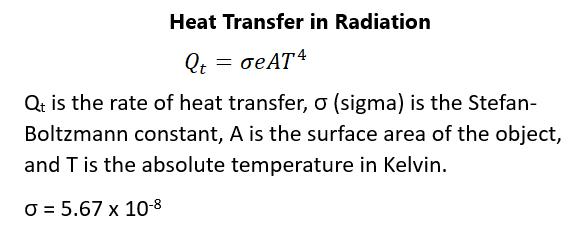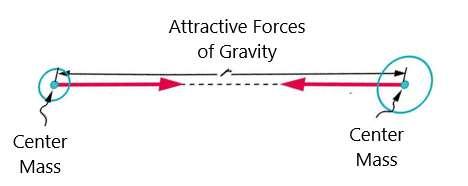Remember that the drift velocity is not the same thing as electron speed as they flow much faster than the actual drift velocity. In addition, not all electrons are free to drift as some are overly attracted to atomic nuclei. In metals, many electrons are “shared” by nuclei so they have a chance to flow. These are the outer electrons that aren’t so highly attached to nuclei. These free electrons will accelerate when an electric field is applied. The will collide with atoms in a lattice, generating thermal energy. This type of situation will allow for electron flow, which isn’t the case with insulators.
OHM’S LAW So, what actually drives current? It takes a battery or a wall outlet to do this by creating a potential difference between one aspect of the system to another aspect. The potential difference created forms an electric field, which exerts a force on the charges, causing a current to happen. According to Ohm’s law, the voltage applied will be directly proportional to the current. This is an empiric law and not what happens in real life. If voltage drives current, there are things that cause an impediment to current. This is the resistance to flow, which is similar to air resistance and friction. This resistance goes by the initial capital R. It involves the collisions of atoms and molecules that will limit the current. A correlate of Ohm’s law is that the current is inversely proportional to the resistance. In putting this together, you get the entirety of Ohm’s law, which is that the current in amperes is equal to the voltage divided by the resistance. Ohmic substances are those that have Ohm’s law applied—like good conductors, for example. An object with simple resistance is called a resistor, even if the amount of resistance associated with it is small. The Greek capital letter omega is the unit for resistance, called the ohm. The units for ohm are volts per ampere. Resistors themselves can have resistance within them but this will be included in the total resistance of the resistor. Figure 121 shows a circuit with a resistor but you should recognize that resistance is seen in all parts of the circuit:
260




































































